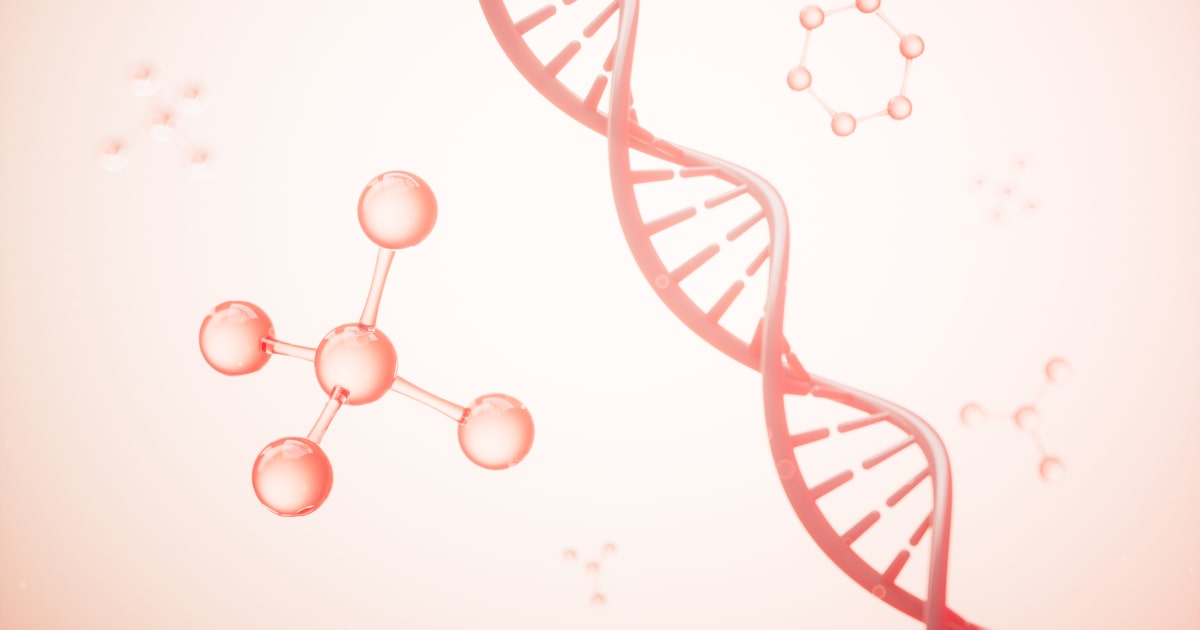
Expert Reviewed By: Dr. Brandon Colby MD
```htmlBrachydactyly type A2 (BDA2) is a genetic condition characterized by the underdevelopment or absence of the middle phalanx in the second finger. This article will delve into the nature of this condition, how it can be diagnosed, and the role of genetic testing in managing and understanding BDA2.
What is Brachydactyly Type A2?
Brachydactyly type A2 (BDA2) is a congenital condition that affects the bones of the fingers. The defining feature of BDA2 is the hypoplasia or aplasia (underdevelopment or absence) of the second middle phalanx. This results in a shortened or missing segment of the finger, which can be visually distinctive and may impact hand function. BDA2 is typically inherited in an autosomal dominant pattern, meaning only one copy of the altered gene is sufficient to cause the disorder.
Diagnosing Brachydactyly Type A2
Diagnosis of BDA2 generally involves a combination of clinical examination and imaging studies. Physicians look for the characteristic shortening of the second middle phalanx and may use X-rays to confirm the diagnosis. Family history is also an important factor, as BDA2 is often inherited.
In recent years, genetic testing has become an invaluable tool in diagnosing BDA2. This type of testing can identify mutations in specific genes associated with the condition, providing a definitive diagnosis and helping to distinguish BDA2 from other types of brachydactyly.
The Role of Genetic Testing in Brachydactyly Type A2
Identification of Specific Mutations
Genetic testing can identify mutations in the GDF5 gene's receptor binding site, which is known to cause Mohr-Wriedt brachydactyly type A2. This particular mutation leads to the hypoplasia or aplasia of the second middle phalanx, setting it apart from BMPR1B-related BDA2. By pinpointing the exact genetic mutation, healthcare providers can offer a more precise diagnosis and tailor treatment plans accordingly.
Distinguishing Between Types of Brachydactyly
One of the significant advantages of genetic testing is its ability to differentiate between various forms of brachydactyly. While clinical features can provide clues, genetic testing offers a definitive method to distinguish Mohr-Wriedt brachydactyly type A2 from other types, such as BMPR1B-related BDA2. This distinction is crucial for understanding the underlying causes and potential implications of the condition.
Family Planning and Genetic Counseling
For families affected by BDA2, genetic testing can provide valuable information for family planning. Knowing the specific genetic mutation allows for accurate risk assessment for future children. Genetic counseling can help families understand the inheritance patterns, the likelihood of passing the condition to offspring, and the options available for prenatal testing or assisted reproductive technologies.
Advancements in Research and Treatment
Genetic testing also plays a crucial role in advancing research and developing new treatments for BDA2. By identifying the specific genetic mutations involved, researchers can better understand the disease mechanisms and explore potential therapeutic targets. This knowledge may eventually lead to the development of targeted treatments that can address the underlying genetic causes of BDA2.
Conclusion
Brachydactyly type A2 is a genetic condition characterized by the underdevelopment or absence of the second middle phalanx. Diagnosing BDA2 involves clinical examination, imaging studies, and increasingly, genetic testing. Genetic testing offers several benefits, including the identification of specific mutations, distinguishing between types of brachydactyly, aiding in family planning, and advancing research and treatment options. As our understanding of the genetic basis of BDA2 continues to grow, so too does our ability to diagnose, manage, and potentially treat this condition more effectively.
For further reading, please refer to the detailed study on this topic: A mutation in GDF5's receptor binding site causes Mohr-Wriedt brachydactyly type A2.
```About The Expert Reviewer
Dr. Brandon Colby MD is a US physician specializing in the personalized prevention of disease through the use of genomic technologies. He’s an expert in genetic testing, genetic analysis, and precision medicine. Dr. Colby is also the Founder of and the author of Outsmart Your Genes.
Dr. Colby holds an MD from the Mount Sinai School of Medicine, an MBA from Stanford University’s Graduate School of Business, and a degree in Genetics with Honors from the University of Michigan. He is an Affiliate Specialist of the American College of Medical Genetics and Genomics (ACMG), an Associate of the American College of Preventive Medicine (ACPM), and a member of the National Society of Genetic Counselors (NSGC)